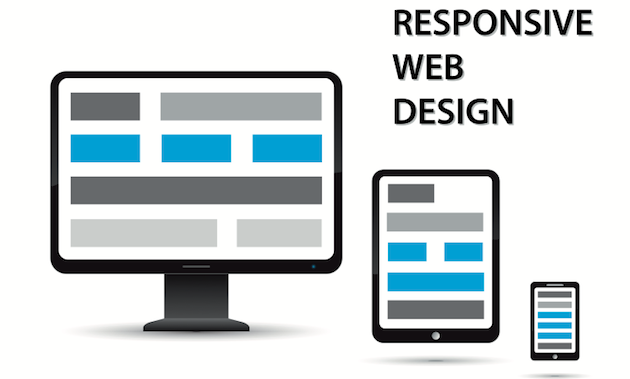Save 50% on a 3-month Digiday+ membership. Ends Dec 12.

Responsive design is the new HTML5, a fancy term thrown around to prove that you “get it” in mobile. On the surface, responsive design makes total sense: design for an optimal experience across a wide range of devices.
It’s why publishers like New York magazine, SB Nation and others are moving in this direction. Brands like Starbucks, Jack Daniel’s, Grey Goose and Sony have also embraced it. And yet responsive design isn’t a Web design cure-all like many believe, according to Patrick Emmons, director of professional services at Adage Technologies. In fact, it’s a little overrated.
“Obviously there is a lot of confusion in the marketplace right now in regards to where organizations should spend their resources: mobile versus desktop, or native versus Web,” said Emmons. “So, of course, a simple solution is the most attractive. People like simple, and Ockham’s razor exists for a reason. And from my experience, the simplest solution is usually the correct one.”
Responsive design certainly has its challenges. For example, it will hide content on small screens, but the content still needs to be downloaded, and this causes performance issues on mobile phones. Load times could be long. Other less attractive characteristics of responsive design include time constraints; it takes a longer time to create Web pages, and they need new content-management workflows.
Additionally, responsive design requires a whole new process for image optimization, since there are all these different screens to take into account. Also, from a retail perspective, there aren’t a lot of merchandising options in e-commerce with responsive design. And lastly, testing is way more complex. Since you are trying to create a dynamic solution based upon some known and some unknown variables, you will need to test everywhere.
“It’s very similar to Java,” Emmons said. “When Java was first introduced, the most compelling argument was ‘write once, run everywhere,’ but in actuality, it became, “write once, test everywhere.’”
Java was consistent, but the implementation of the virtual machine was different on different systems. So with Java and responsive design programmers need to define specific scenarios for presenting the content in a semi-targeted way and then have a very “lowest common denominator” version of desktop versus mobile.
Why then, one might ask, is responsive design so hot right now? Cost, says Emmons. By utilizing specific style sheets, a designer can use all of the same programming to format the content to a specific form factor. This reduces the cost of development. Another benefit is that the structure of the content is primarily similar.
The moral of the story is that responsive design is just one tool in the digital marketer’s tool box. It should be part of a brand’s strategy, not the whole strategy, Emmons said. By using responsive design, you can limit your spend while determining whether or not the market exists for ROI in investing in platform-specific interfaces.
“Don’t believe that hype that [responsive design] is the only tool you need to concern yourself with,” Emmons said. “If there are platforms that you determine are worth the additional investment of a platform-specific solution, you can always leverage responsive design and use Google to track usage to help validate the market.”
More in Media

Workforce data, smarter AI integration among greatest workplace priorities in the new year
The growing importance of workforce data is just one of the prognostications people managers are making looking to the year ahead.

WTF is AI citation tracking?
Publishers are tracking AI citations to understand visibility, attribution gaps and referral traffic in these tools and platforms.

As big brands flood the podcast ad space, startups are refining strategies to stand out
While a influx of big advertisers is good news for podcast companies, it also makes it more challenging for small- to mid-sized brands to stand out in the space.





